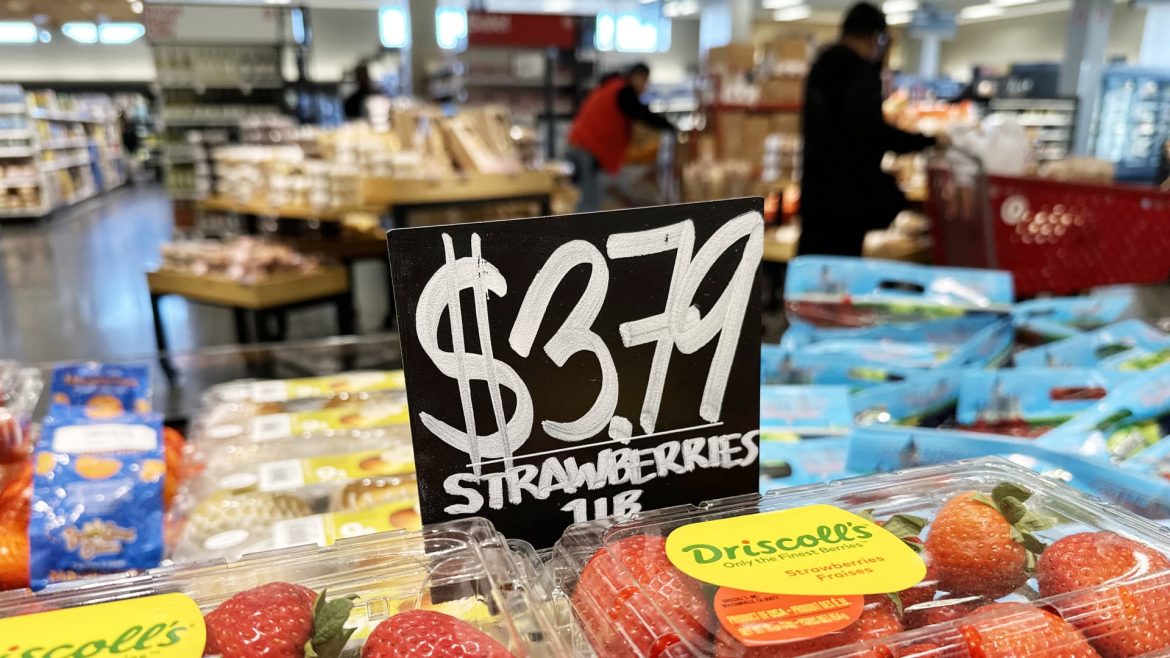“Highest in 22 years” on fed funds rate is a cause of concern
The US Federal Reserve is facing a tightening economy, prompting speculation about future monetary policy. As per the data release Thursday by the Commerce Department, the personal consumption expenditures price index, excluding food and energy prices, rose 0.2% for the month and 3.5% on a year-over-year basis, aligning with Dow Jones consensus and down from respective readings of 0.3% and 3.7% in September.
Inflation outlook
The headline inflation was flat on the month and at a 3% rate for the 12-month period. Goods prices saw a 0.3% decrease while services rose 0.2%. The biggest gainers for services were international travel, health care, and food services and accommodations.
Signs of slackening
The personal income and spending both rose 0.2% on the month, in line with expectations, indicating that consumers are keeping pace with inflation. However, both numbers fell on the month. This slower spending growth aligns with the Fed’s goal of cooling the economy so inflation can recede.
Market reaction
Following the news, stocks rallied and the Dow Jones Industrial Average hit a 2023 high. In contrast, bonds sold off and Treasury yields popped as the rate-sensitive 2-year note moved up more than 6 basis points to 4.71%. Traders in the futures market are expecting the Fed to likely start cutting rates by springtime.
Economic signals
The Fed closely watches the core PCE reading as an inflation measure. In other economic news, the initial weekly jobless claims rose to 218,000, while continuing claims surged to 1.93 million, the highest level since Nov. 27, 2021. The Fed is on hold for now but may pivot to rate cuts.
Future course
Markets are predicting the Fed is done raising interest rates this cycle, with the equivalent of five quarter percentage point rate cuts likely in 2024. New York Fed President John Williams expects inflation to continue to drift lower, finally reaching the Fed’s 2% target in 2025. However, he stated policymakers will need to maintain a restrictive stance. The fed funds rate is targeted in a range between 5.25%-5.5%, its highest in more than 22 years, leading to speculation about future monetary policy.
> “I’m hearing consumers slowing down. I’m not hearing [the] consumer falling off the table. I’m hearing normalizing, not recession, but I am hearing consumer slowing down.” – Thomas Barkin (Richmond Fed President)
